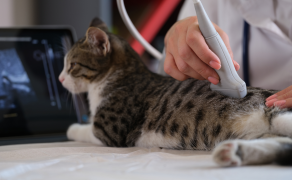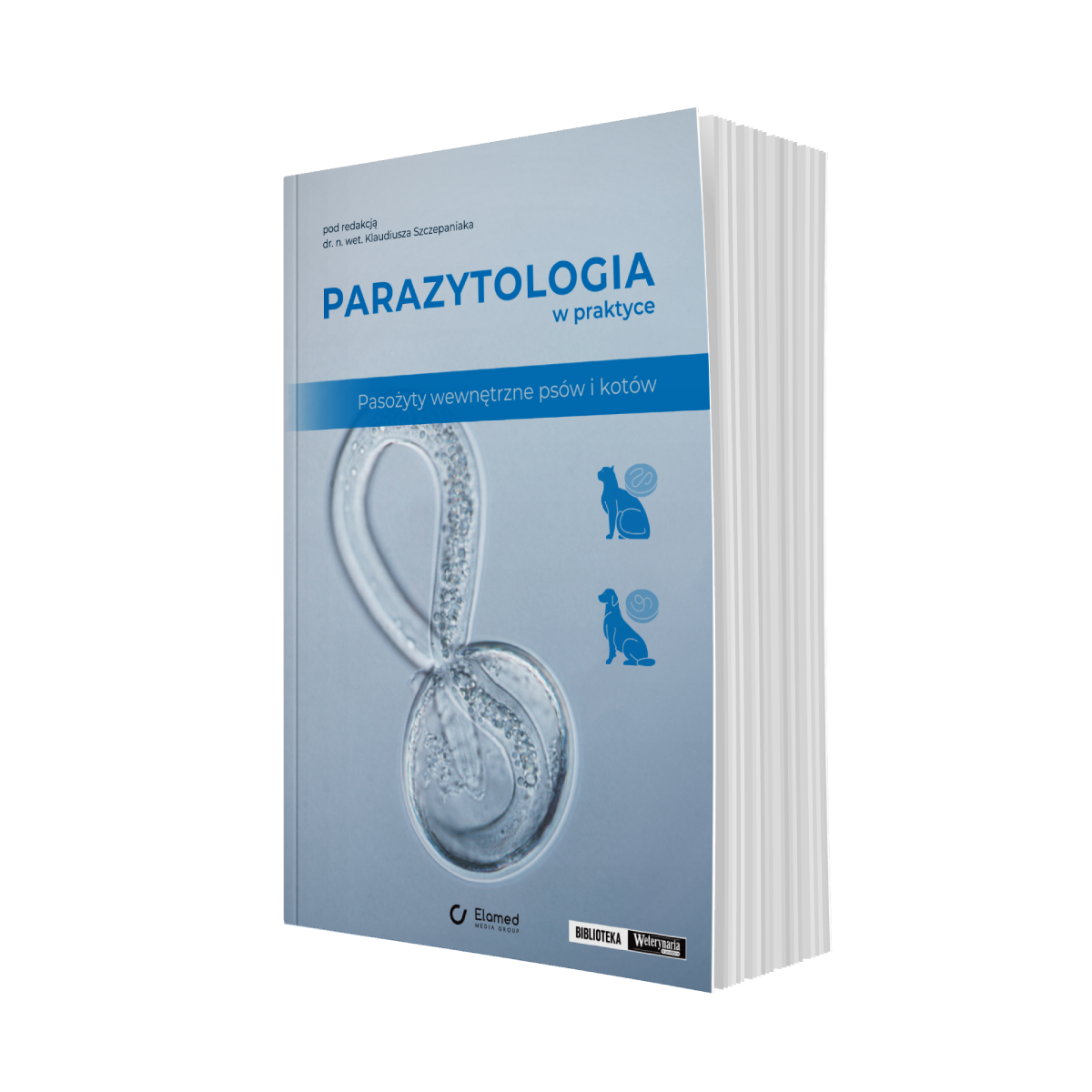Mocz jako materiał laboratoryjny
Piśmiennictwo
Kruger J.M., Osborne C.A., Ulrich L.K.: Cystocentesis. Diagnostic and therapeutic considerations. „Vet. Clin. North. Am. Small. Anim. Pract.”, 1996, 26(2):353-61.van Duijkeren E., van Laar P., Houwers D.J.: Cystocentesis is essential for reliable diagnosis of urinary tract infections in cats. „Tijdschr Diergeneeskd.”, 2004, 15, 129(12):394-6.Elliot J., Grauer G.F.: Nefrologia i urologia psów i kotów. BSAVA, Elsevier Urban & Partner, Wroclaw 2010.Kurien B.T., Everds N.E, Scofield R.H.: Experimental animal urine collection: a review. „Lab Anim.”, 2004, 38(4), 333-61.European Confederation of Laboratory Medicine: European urinalysis guidelines. „Scand J. Clin. Lab. Invest.”, 2000, 231, 1-86.Dembińska-Kieć A., Naskalski J.W.: Diagnostyka laboratoryjna z elementami biochemii klinicznej. Elsevier Urban & Partner, Wrocław 2008.Collins A.C.: Storage temperature and differing methods of sample preparation in the measurement of urinary albumin. „Diabetologia”, 1993, 36(10):993-7.NCCLS: Urinalysis and Collection, Transportation and preservation of urine specimens; Approved guideline (ed. 2). NCLLS document GP16A, 2001.Clarridge J.E., Johnson J.R., Pezzlo M.T.: Cumitech 2B: laboratory diagnosis of urinary tract infections. Washington, DC, American Society for Microbiology, 1998.
lek. wet. Anna KuziemskaGabinet Weterynaryjny51-672 Wrocław, ul. Partyzantów 12 D
którzy są subskrybentami naszego portalu.
i ciesz się dostępem do bazy merytorycznej wiedzy!
























